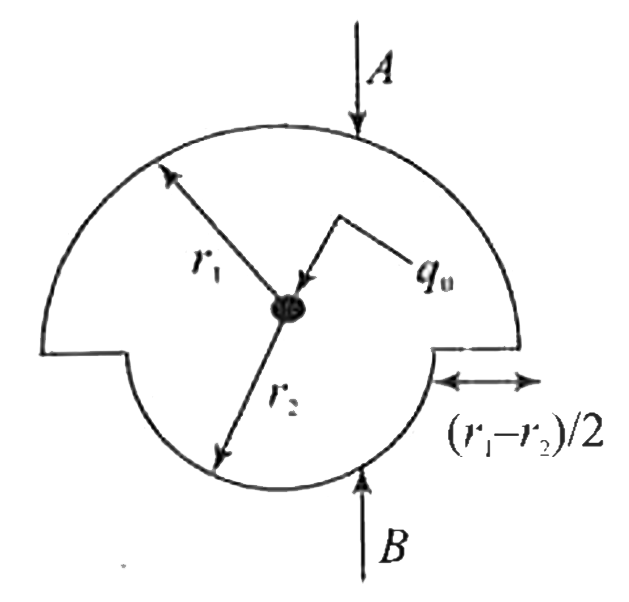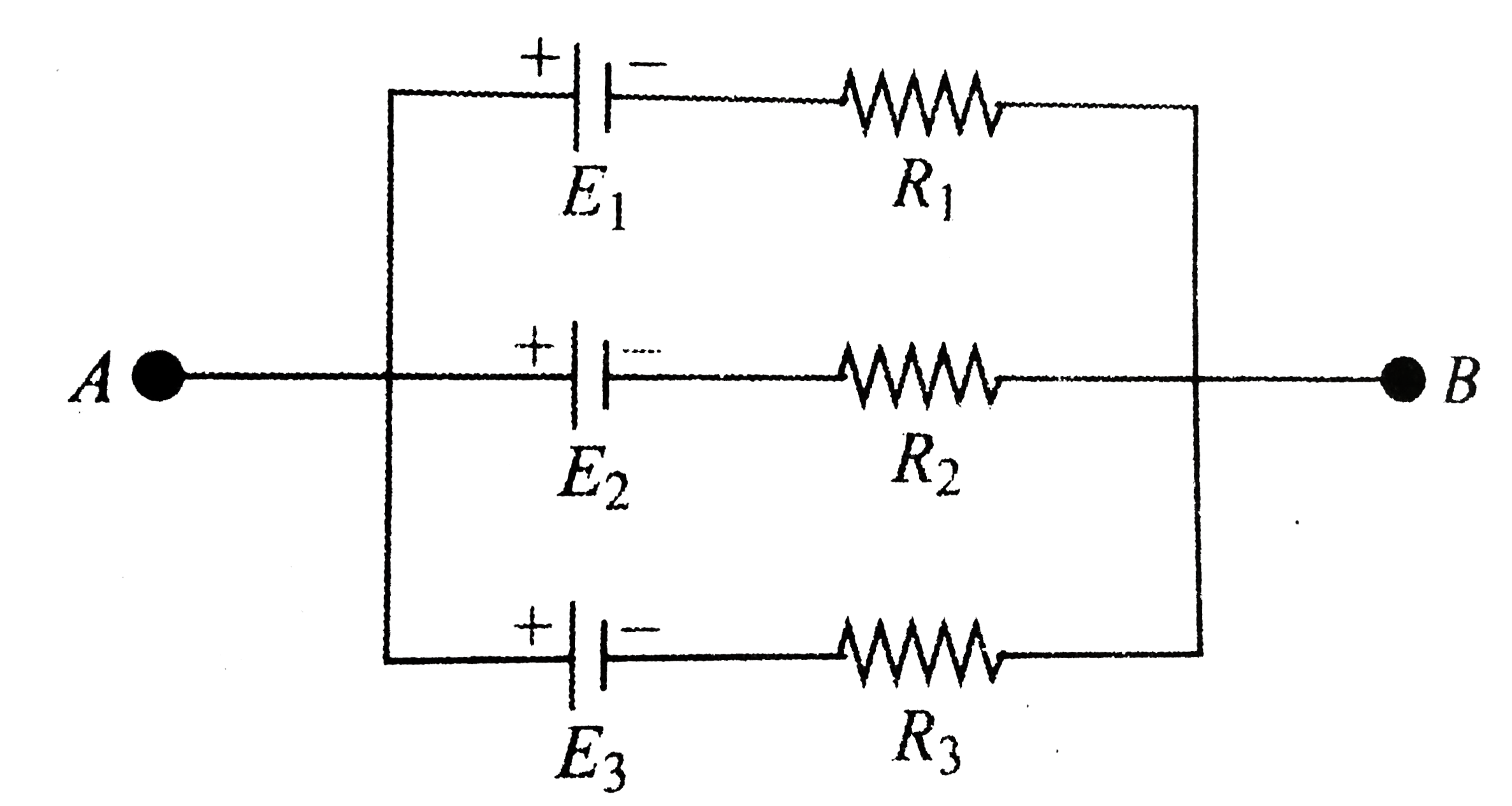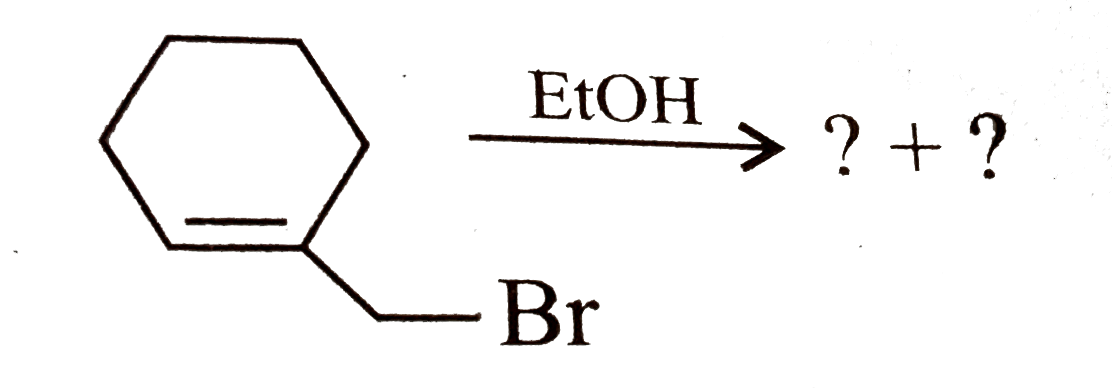Give the symbol SN1,SN2,E1, and E2 (more than one symbol may be used).
(a) Rates are same.
(b) Electrophilic catalysis is possible.
(c) With a given substrate some pairs of these may be concurrent.
(d) Rearrangement of the R skeleton may occur.
(e) R1 reacts faster with RC1
(f) R⊕ are intermediates.
(g) With saturated R,s, a Saytzeff product is always formed.
(h) Reactions are stereospecific.
(i) Reactions are concerted.
(j) Unhindered 1∘RX reacts with NaOEt∣EtOH.
(k) t−BuBr reacts with CH3COOH+CH3COOӨNa⊕ (small).
(l) t−BuBr reacts with CNӨ.
(m) t−BuBr reacts in EtOH.
(n) 2∘RC1 reacts with NaOEt∣EtOH.
(o) 2∘RC1 reacts with HCOOH and has high dielectric constant.
(p) 2∘RC1 reacts with IӨ in acetone.
(q) MeX cannot react.
(a) E1,SN1
(b) E1,SN1
(c) SN2 and E2,SN2 and E1
(d) SN1,E1
( e) All
(f) E1,SN1
(g) E1,E2 (does with small base but not with bulky base)
(h) SN2,E2
(i) SN2,E2
(j) Mainly SN2, little E2
(k) SN1,E1
(l) E2
(m) SN1, very little E1
(n) E2,SN2
(o) SN1
(p) SN2
(q) E1,E2.SN1.
Topper's Solved these Questions
- ORGANIC REACTION MECHANISMBOOK - CENGAGE CHEMISTRY ENGLISHCHAPTER - ORGANIC REACTION MECHANISMEXERCISE - Solved Example
33 Videos
- ORGANIC REACTION MECHANISMBOOK - CENGAGE CHEMISTRY ENGLISHCHAPTER - ORGANIC REACTION MECHANISMEXERCISE - Subjective
19 Videos
- NCERT BASED EXERCISEBOOK - CENGAGE CHEMISTRY ENGLISHCHAPTER - NCERT BASED EXERCISEEXERCISE - Chemical Equilibrium
73 Videos
- P-BLOCK GROUP 13 - BORON FAMILYBOOK - CENGAGE CHEMISTRY ENGLISHCHAPTER - P-BLOCK GROUP 13 - BORON FAMILYEXERCISE - Exercise Archives (Subjecive)
9 Videos
Similar Questions
Statement-1 Hydration of alkenes may give more than one type of alcohol
Statement -2 Carbocation intermediate may show rearrangement
View SolutionLet R1 and R2 be equivalence relations on a set A, then R1∪R2 may or may not be
View SolutionA and B are semi - spherical surfaces of radius r1andr2(r1<r2)withE1andE2 as the electric fields a the their surfaces. Charge q0 is placed as shown. What is the condition which may be statisfied ?

View SolutionFor the batteries shown in fig. R1,R2andR3 are the internal resistance of E1,E2,andE3, respectively Then, which of the following is / are correct?

View SolutionIf f:R→R is an invertible function such that f(x)andf−1(x) are symmetric about the line y=−x, then (a) f(x) is odd (b) f(x)andf−1(x) may be symmetric (c) f(c) may not be odd (d) none of these
View SolutionLet A={1,2,3} and R={(1,2),(1,1),(2,3)} be a relation on A . What minimum number of ordered pairs may be added to R so that it may become a transitive relation on A.
View SolutionLet A={1, 2, 3} and R={(1, 2), (1, 1), (2, 3)} be a relation on A . What minimum number of ordered pairs may be added to R so that it may become a transitive relation on A .
View SolutionTwo cells of emf E1 and E2 are connected to two resistors R1andR2 as shown. If E2 is short circuited then current through R1andR2 are

View SolutionTwo batteries of e.m.f. E1 and E2 and internal resistance r1 and r2 are connected in parallel. Determine their equivelent e.m.f.
View SolutionGive all the possible major and minor products (SN1andE1) in the following. Explain.

(b) If t-pentyl shloride reacts with 25%H2O and 75%C2H5OH in NaOH, what are the possible products formed ? Explain with mechanism.
View Solution
